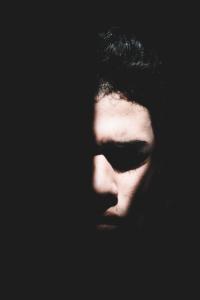Today, the Roman Catholic Church marks the Solemnity of the Assumption of Mary, which was included as one of the dogmas of faith on 1st November 1950 by Pope Pius XII. This is one of only a small handful of dogmas that was articulated by the Bishop of Rome ex cathedra, that is, from the See of Peter and without an ecumenical council.
The document that articulates this dogma is Munificentissimus Deus (“The Most Bountiful God”). The document is highly informative on a number of historical, theological, biblical and liturgical points, but of particular interest is the patristic bases from which Pius draws in articulating this dogma. Though references to the fathers is scattered throughout the document, particular focus is given to paragraphs 19-22 in the Office of Readings for this feast.
St. John of Damascus (676-749) spoke in a homily of the end of Mary’s earthly life thusly:
It was fitting that she, who had kept her virginity intact in childbirth, should keep her own body free from all corruption even after death. It was fitting that she, who had carried the Creator as a child at her breast, should dwell in the divine tabernacles. It was fitting that the spouse, whom the Father had taken to himself, should live in the divine mansions. It was fitting that she, who had seen her Son upon the cross and who had thereby received into her heart the sword of sorrow which she had escaped in the act of giving birth to him, should look upon him as he sits with the Father. It was fitting that God’s Mother should possess what belongs to her Son, and that she should be honored by every creature as the Mother and as the handmaid of God
Another father, St. Germanus of Constantinople (634-733), wrote thusly:
You are she who, as it is written, appears in beauty, and your virginal body is all holy, all chaste, entirely the dwelling place of God, so that it is henceforth completely exempt from dissolution into dust. Though still human, it is changed into the heavenly life of incorruptibility, truly living and glorious, undamaged and sharing in perfect life.
What comes out of this passage and others is that the focus is not really the heavenly trajectory of Mary’s body at the end of her earthly pilgrimage. Rather, that is the secondary effect of the more significant theme of the liberation of Mary by God from the usual consequences of creatureliness. This means that, as John Henry Newman once wrote, this is not an independent Catholic dogma, but as “one of a family of doctrines [within the Christian Tradition] that are united together”. In other words, the seemingly strange dogma of the Assumption is but the consequence of reflection on all too familiar doctrinal themes, including creation, sin and redemption by God. Thus, it is important to note that these dogmas are not and should not be focused on Mary as such, but on the redemptive work of Jesus Christ.











